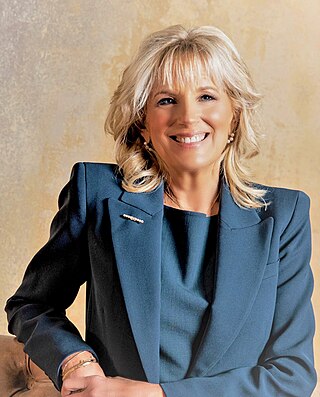
First Lady of the United States (FLOTUS) is the title held by the hostess of the White House, usually the wife of the president of the United States, concurrent with the president's term in office. Although the first lady's role has never been codified or officially defined, she figures prominently in the political and social life of the United States. Since the early 20th century, the first lady has been assisted by official staff, now known as the Office of the First Lady and headquartered in the East Wing of the White House.

The Nineteenth Amendment to the United States Constitution prohibits the United States and its states from denying the right to vote to citizens of the United States on the basis of sex, in effect recognizing the right of women to vote. The amendment was the culmination of a decades-long movement for women's suffrage in the United States, at both the state and national levels, and was part of the worldwide movement towards women's suffrage and part of the wider women's rights movement. The first women's suffrage amendment was introduced in Congress in 1878. However, a suffrage amendment did not pass the House of Representatives until May 21, 1919, which was quickly followed by the Senate, on June 4, 1919. It was then submitted to the states for ratification, achieving the requisite 36 ratifications to secure adoption, and thereby go into effect, on August 18, 1920. The Nineteenth Amendment's adoption was certified on August 26, 1920.

Edith Wilson was the first lady of the United States from 1915 to 1921 and the second wife of President Woodrow Wilson. She married the widower Wilson in December 1915, during his first term as president. Edith Wilson played an influential role in President Wilson's administration following the severe stroke he suffered in October 1919. For the remainder of her husband's presidency, she managed the office of the president, a role she later described as a "stewardship", and determined which communications and matters of state were important enough to bring to the attention of the bedridden president.

Lucy Burns was an American suffragist and women's rights advocate. She was a passionate activist in the United States and the United Kingdom, who joined the militant suffragettes. Burns was a close friend of Alice Paul, and together they ultimately formed the National Woman's Party.
Lowery Stokes Sims is an American art historian and curator of modern and contemporary art known for her expertise in the work of African, African American, Latinx, Native and Asian American artists such as Wifredo Lam, Fritz Scholder, Romare Bearden, Joyce J. Scott and others. She served on the curatorial staff of the Metropolitan Museum of Art, the Studio Museum in Harlem, and the Museum of Arts and Design. She has frequently served as a guest curator, lectured internationally and published extensively, and has received many public appointments. Sims was featured in the 2010 documentary film !Women Art Revolution.

Virginia Louisa Minor was an American women's suffrage activist. She is best remembered as the plaintiff in Minor v. Happersett, an 1875 United States Supreme Court case in which Minor unsuccessfully argued that the Fourteenth Amendment to the United States Constitution gave women the right to vote.

Gladys-Marie Fry was Professor Emerita of Folklore and English at the University of Maryland, College Park, Maryland, and a leading authority on African American textiles. Fry earned her bachelor's and master's degrees from Howard University and her Ph.D. from Indiana University. She is the author of Stitched From the Soul: Slave Quilting in the Ante-Bellum South and Night Riders in Black Folk History. A contributor or author to 8 museum catalogs, Fry is also the author of a number of articles and book chapters. Fry has also served as the curator for 11 museum exhibitions and consultant to exhibits and television programs around the nation.

Nina Evans Allender was an American artist, cartoonist, and women's rights activist. She studied art in the United States and Europe with William Merritt Chase and Robert Henri. Allender worked as an organizer, speaker, and campaigner for women's suffrage and was the "official cartoonist" for the National Woman's Party's publications, creating what became known as the "Allender Girl."
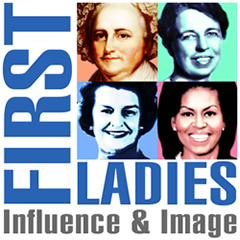
First Ladies: Influence & Image is a 35-episode American television series produced by C-SPAN that originally aired from February 25, 2013 to February 10, 2014. Each episode originally aired live and looked at the life and times of one or more of the first ladies of the United States. Episodes featured interviews with historians, journalists, and other experts; included footage of locations significant to the featured first lady and interviews with several contemporary first ladies; and incorporated calls and tweets from viewers. C-SPAN has archived all video from the series to its website. It was produced in cooperation with the White House Historical Association, and was hosted by C-SPAN co-CEO Susan Swain.

Vidya Dehejia is a retired American academic and the Barbara Stoler Miller Professor Emerita of Indian and South Asian Art at Columbia University. She has published 24 books and numerous academic papers on the art of South Asia, and has curated many exhibitions on the same theme.
Joyce J. Scott is an African-American artist, sculptor, quilter, performance artist, installation artist, print-maker, lecturer and educator. Named a MacArthur Fellow in 2016, and a Smithsonian Visionary Artist in 2019, Scott is best known for her figurative sculptures and jewelry using free form, off-loom beadweaving techniques, similar to a peyote stitch. Each piece is often constructed using thousands of glass seed beads or pony beads, and sometimes other found objects or materials such as glass, quilting and leather. In 2018, she was hailed for working in new medium — a mixture of soil, clay, straw, and cement — for a sculpture meant to disintegrate and return to the earth. Scott is influenced by a variety of diverse cultures, including Native American and African traditions, Mexican, Czech, and Russian beadwork, illustration and comic books, and pop culture.
Jacquelyn Days Serwer is an American art historian and curator. A specialist in American art and African American art, she is the Chief Curator of the Smithsonian Institution's National Museum of African American History and Culture.

Alice Morgan Wright was an American sculptor, suffragist, and animal welfare activist. She was one of the first American artists to embrace Cubism and Futurism.
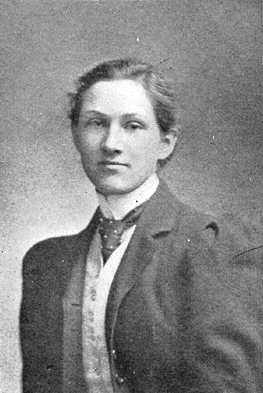
Edith Houghton Hooker was an American suffragist and social worker. She was a leader of the suffrage movement in Maryland in the early twentieth century and was posthumously inducted into the Maryland Women's Hall of Fame. She was a maternal aunt of actress Katharine Hepburn.

Ida Sedgwick Proper was an American suffragist, writer and artist. She was an art editor for The Woman Voter. Proper has work in the permanent collections of the Smithsonian, and the Des Moines Art Center.

Edith T. Martin is an American artist and museum professional.

The Dallas Equal Suffrage Association (DESA) was an organization formed in Dallas, Texas in 1913 to support the cause of women's suffrage in Texas. DESA was different from many other suffrage organizations in the United States in that it adopted a campaign which matched the social expectations of Dallas at the time. Members of DESA were very aware of the risk of having women's suffrage "dismissed as 'unladylike' and generally disreputable." DESA "took care to project an appropriate public image." Many members used their status as mothers in order to tie together the ideas of motherhood and suffrage in the minds of voters. The second president of DESA, Erwin Armstrong, also affirmed that women were not trying to be unfeminine, stating at an address at a 1914 Suffrage convention that "women are in no way trying to usurp the powers of men, or by any means striving to wrench from man the divine right to rule." The organization also helped smaller, nearby towns to create their own suffrage campaigns. DESA was primarily committed to securing the vote for white women, deliberately ignoring African American women in the process. Their defense of ignoring black voters was justified by having a policy of working towards "only one social reform at a time."
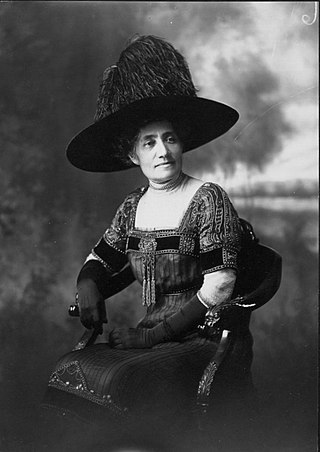
Wilhelmine Kekelaokalaninui Widemann Dowsett was a Native Hawaiian suffragist who helped organize the National Women's Equal Suffrage Association of Hawaii, the first women's suffrage club in the Territory of Hawaii in 1912. She actively campaigned for the rights of the women of Hawaii to vote prior to the passage of the Nineteenth Amendment to the United States Constitution in 1920.
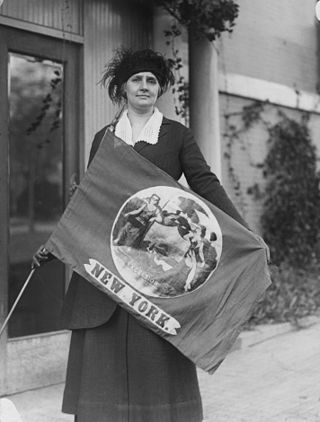
Edith M. Ainge (1873–1948) was an American suffragist and a Silent Sentinel. Ainge joined the National Woman's Party NWP led by Alice Paul, aiming to get the 19th amendment ratified. Ainge was arrested approximately five times from September 1917 to January 1919 for "unlawful assembly" at NWP protests, and she eventually went on to serve as treasurer of the NWP.


















